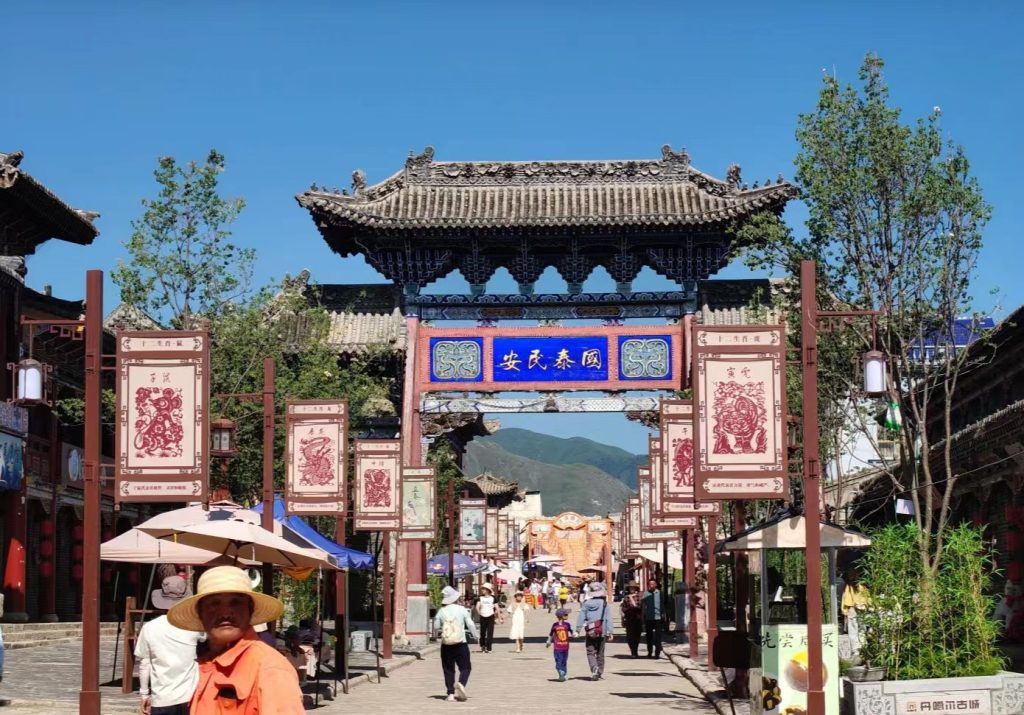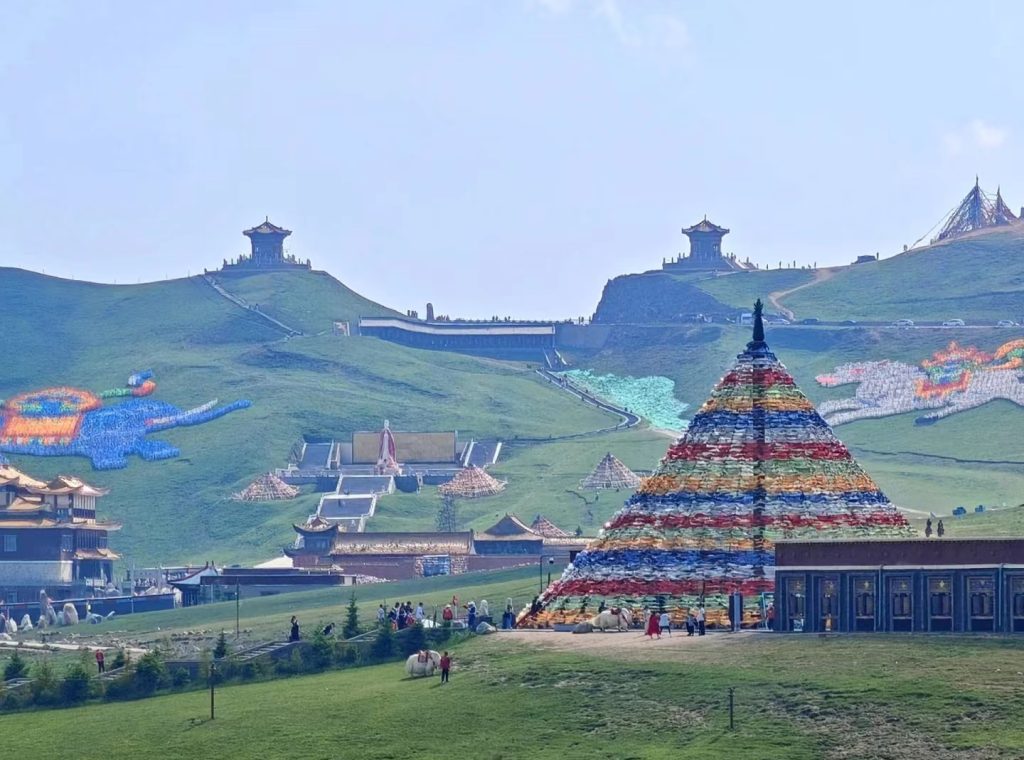Xining, the capital of Qinghai Province, is nestled deep within the heart of China’s vast plateau. The city boasts a rich blend of ethnic cultures and historic traditions, with influences from both Tibetan Buddhism and Islam. Strolling through the streets of Xining, you’ll experience the vibrant cultural atmosphere: Muslim men wearing traditional white caps and women draped in colorful scarves or mysterious black veils. Whether you’re exploring the ancient Ta’er Monastery or the Silk Road relics of Danga’er Ancient City, Xining offers a wealth of stories and unique experiences.
- Ta’er Monastery: A Spiritual Sanctuary
“Your only task is to become a happy person.” — Master Tsongkhapa
Ta’er Monastery, founded during the Ming Dynasty in 1372, stands as a significant religious site in Tibetan Buddhism. Under the monastery’s weathered red walls, you’ll find devoted pilgrims prostrating themselves, their hands scraping against the stone, while their foreheads touch the ground in deep reverence. Here, religion and tourism intertwine seamlessly, creating a harmonious atmosphere where devotion meets photography.
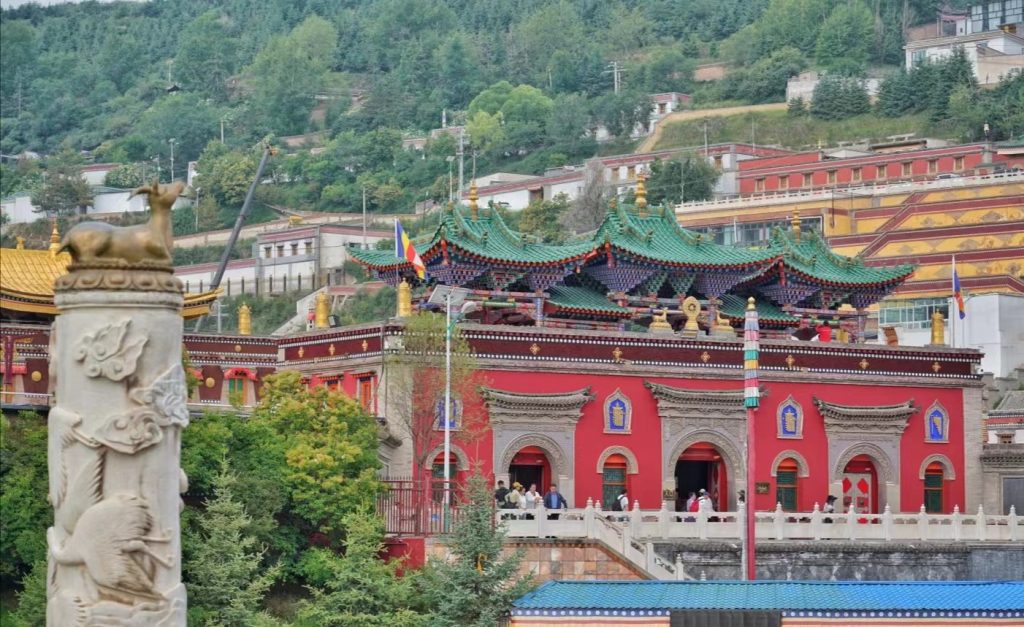 (1) The Eight Pagodas: A Symbol of Buddha’s Journey
(1) The Eight Pagodas: A Symbol of Buddha’s Journey
The monastery’s buildings are built along the mountainside, with the golden copper roofs gleaming in the sun of the plateau. Upon entering, the first sight is the Eight Pagodas, which represent the eight major events in the life of Shakyamuni Buddha, from his birth to his enlightenment and nirvana. These pagodas are the iconic structures of Ta’er Monastery, symbolizing the Buddha’s spiritual journey.
(2) The Great Golden Roof Hall: Heart of the Monastery
The Great Golden Roof Hall is the birthplace of Master Tsongkhapa, the founder of the Gelug school of Tibetan Buddhism. Inside the hall, you’ll find a 12.5-meter-tall statue of Tsongkhapa made of silver, while the roof is covered in pure gold tiles, shining brilliantly under the light.
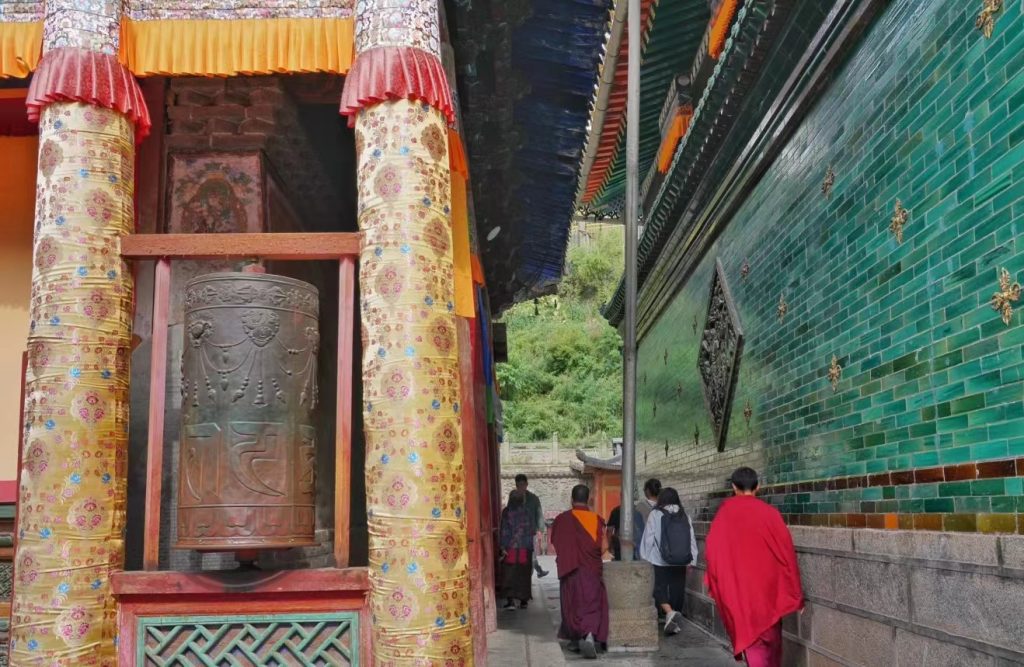 (3) Butter Sculpture Gallery: A Tibetan Artistic Treasure
(3) Butter Sculpture Gallery: A Tibetan Artistic Treasure
One of the “three wonders” of Ta’er Monastery, the Butter Sculpture Gallery showcases colorful sculptures made from butter and mineral pigments. These delicate and beautiful creations are displayed during the Lantern Festival (the 15th day of the first lunar month) and draw crowds from around the world.
(4) The Grand Sutra Hall: A Place of Study and Debate
The Grand Sutra Hall can accommodate thousands of monks for chanting and religious debates. The hall’s interior is adorned with intricate murals and thangkas (Tibetan Buddhist paintings), and if you’re lucky, you might witness a lively debate between monks.
(5) The Printing House: A Repository of Tibetan Buddhist Culture
Ta’er Monastery’s Printing House holds countless ancient woodblock prints and manuscripts, making it an invaluable site for the study of Tibetan Buddhist culture.
- Danga’er Ancient City: A Miniature Beijing in the Qinghai Plateau
Danga’er Ancient City was an important stop on the Silk Road and a key trading hub for the tea-horse trade between the Han Chinese and Tibetans during the Ming and Qing dynasties. Here, you can stroll along the well-preserved old streets from the Ming and Qing eras, with green bricks, grey tiles, and carved doors and windows, as if transported back to ancient times.
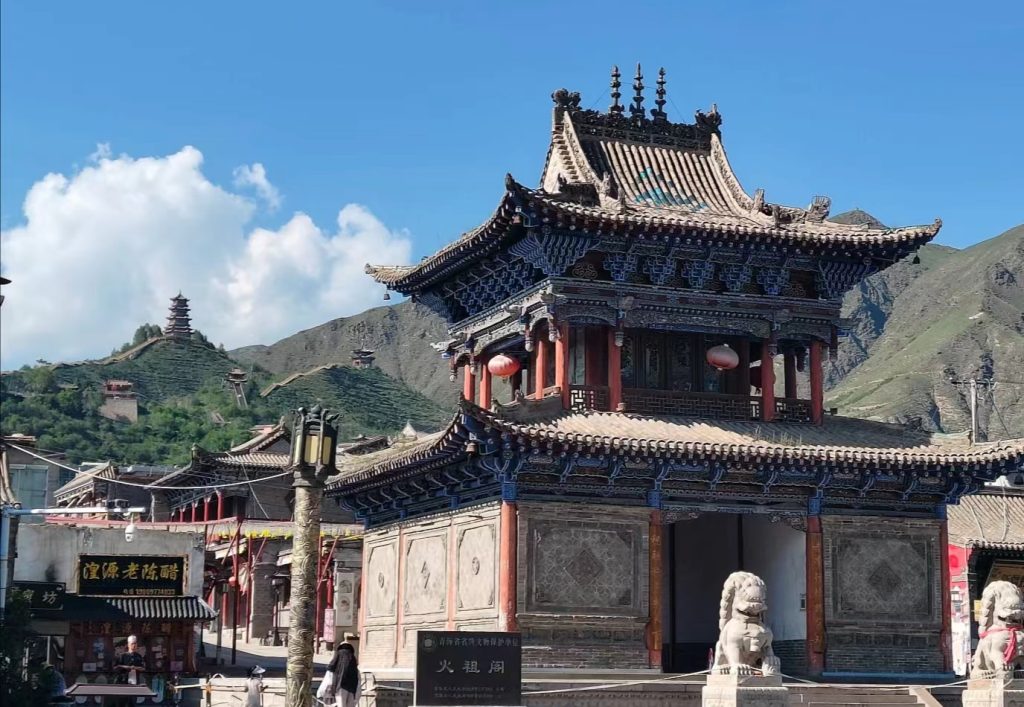 Additionally, Danga’er Ancient City is rich in Tibetan flavor. Local specialties like beef noodles, steamed bread, yak milk yogurt (with a golden layer of cream on top), and a snack known as “Dog-Urine Oil Cake” (despite its peculiar name, it’s crispy and delicious) are must-tries. Don’t forget to grab a bottle of Huangyuan aged vinegar, a unique product with a deep, aromatic flavor.
Additionally, Danga’er Ancient City is rich in Tibetan flavor. Local specialties like beef noodles, steamed bread, yak milk yogurt (with a golden layer of cream on top), and a snack known as “Dog-Urine Oil Cake” (despite its peculiar name, it’s crispy and delicious) are must-tries. Don’t forget to grab a bottle of Huangyuan aged vinegar, a unique product with a deep, aromatic flavor.
Local Tips:
⚠ At an altitude of 2800 meters, take it easy when walking and avoid overexertion.
⚠ There’s a large temperature difference between day and night; bring a light down jacket and a sunhat.
⚠ Every Saturday, there’s an ethnic market where you can find exquisite Tibetan silver jewelry.
- Sun and Moon Mountain: A Historical Landmark
Sun and Moon Mountain marks the border between the Qinghai-Tibet Plateau and the Loess Plateau. According to legend, Princess Wencheng, on her way to marry the Tibetan king, stopped at Sun and Moon Mountain and gazed back at Chang’an (modern-day Xi’an), holding a mirror given to her by the Empress. As she shattered the mirror, the fragments turned into the Sun Pavilion and Moon Pavilion, giving the mountain its name.
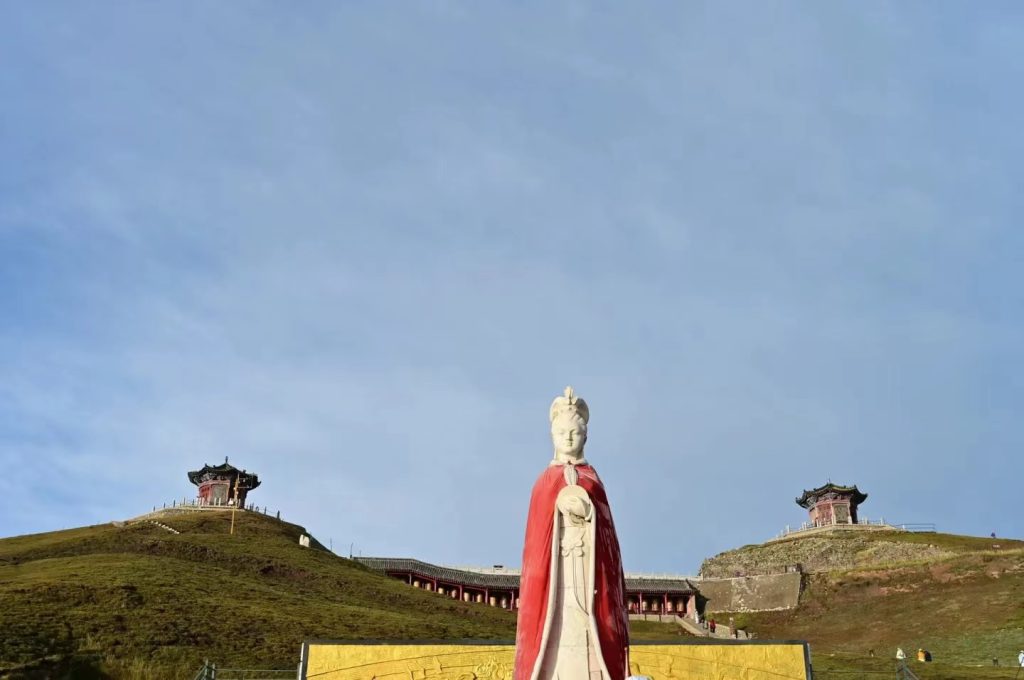 With an elevation of 3418 meters, the winds here are fierce, and the temperature can be extreme. This mountain is also the starting point of the ancient Tang-Tibet Road, dotted with prayer flags, mani stones, yaks, and wide grassland roads.
With an elevation of 3418 meters, the winds here are fierce, and the temperature can be extreme. This mountain is also the starting point of the ancient Tang-Tibet Road, dotted with prayer flags, mani stones, yaks, and wide grassland roads.
Quick Tip: The area has three restrooms (near the parking lot, opposite Princess Wencheng’s residence, and across from the geographical boundary). If you want to take photos holding a baby lamb, there’s a 5 yuan charge.
- Dongguan Mosque: A Blend of Chinese and Islamic Architecture
Dongguan Mosque is one of the most iconic mosques in Xining. The grand entrance tower leads to a central dome adorned with a crescent moon, a symbol of Islam. On either side of the entrance, two 45-meter-high minarets stand tall, where the muezzin calls the faithful to prayer.
Originally built in the early Ming Dynasty, the mosque was later destroyed during the Qing Dynasty, but after multiple renovations, it now blends traditional Chinese and Arabic architectural styles, offering a fusion of history and culture.
- Qinghai Provincial Museum: Unveiling the Hidden Plateau Civilizations
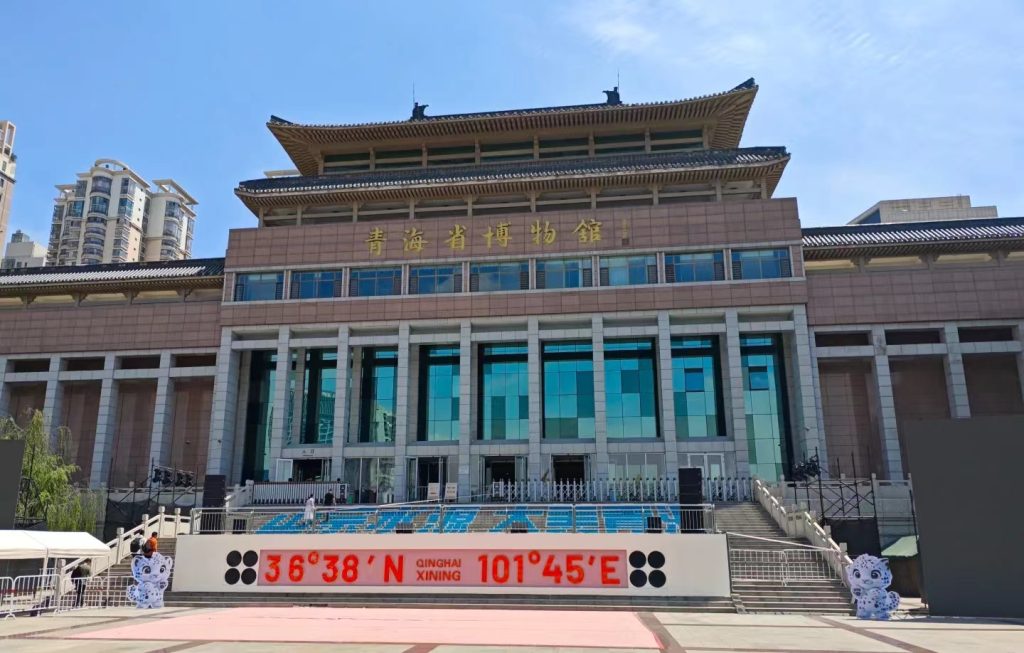
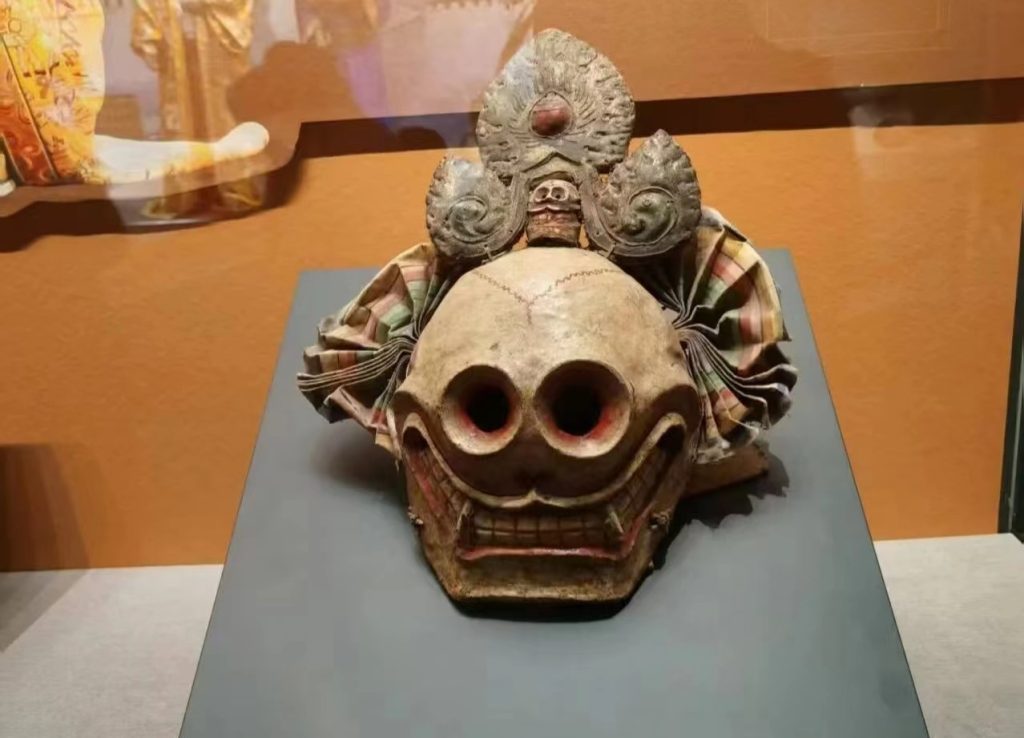 The Qinghai Provincial Museum is a national treasure trove of ancient relics, giving visitors a glimpse into the rich history of the Qinghai-Tibet Plateau.
The Qinghai Provincial Museum is a national treasure trove of ancient relics, giving visitors a glimpse into the rich history of the Qinghai-Tibet Plateau.
(1) Painted Pottery Kingdom: A Stunning Collection
One of the highlights of the museum is the 4000-year-old “Dancing Pattern Painted Pottery Bowl.” Each piece of pottery serves as a living record of ancient Chinese civilization, preserving the totems and beliefs of early ancestors.
(2) Thangka Mysteries: A Masterpiece of Tibetan Art
The museum displays exquisite three-meter-high Qing Dynasty Thangkas, with gold thread outlining mandalas that glow with a sacred aura. The fine craftsmanship of Tibetan artisans is truly breathtaking.
(3) Silk Road Exhibits: Ancient Trade Relics
Here you can see relics such as Tibetan gold seals and Persian Sassanian silver coins, showcasing the grandeur and legends of ancient trade along the Silk Road.
The museum also holds a collection of rare artifacts, including the “Yellow River Bell King” from the Qijia culture and one of the oldest copper mirrors, the Seven-Star Copper Mirror.
- Laoye Mountain: A Scenic Hike with Stunning Views
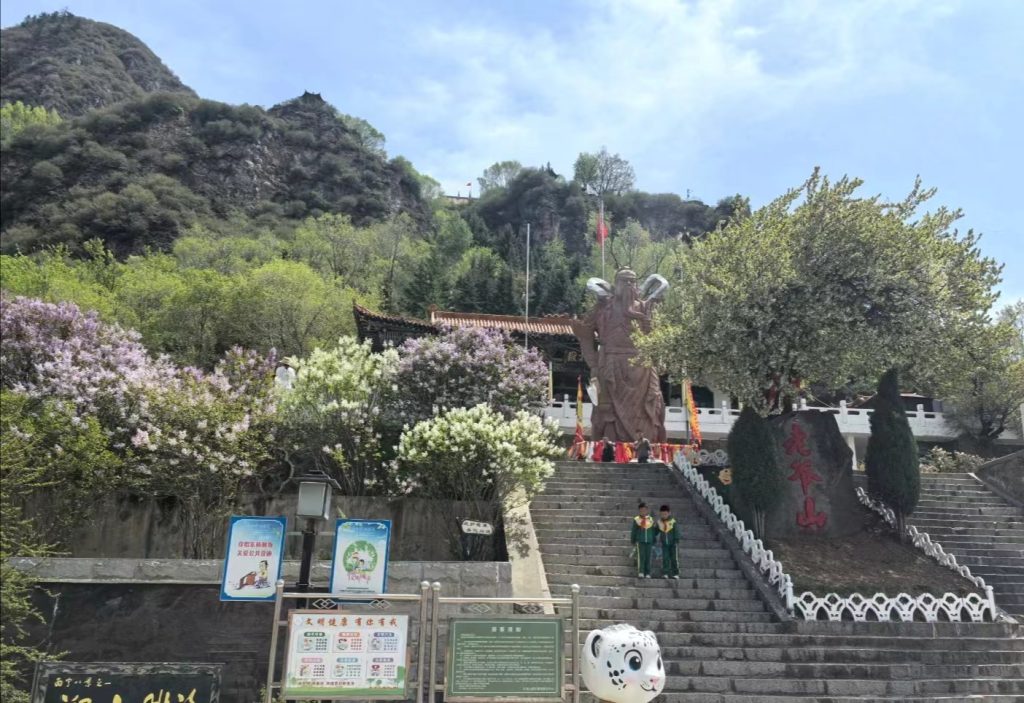 Laoye Mountain is a relatively steep trail, but once you reach the summit, the panoramic view of Xining city is worth the effort. Along the way, you’ll find viewing platforms perfect for capturing beautiful photographs.
Laoye Mountain is a relatively steep trail, but once you reach the summit, the panoramic view of Xining city is worth the effort. Along the way, you’ll find viewing platforms perfect for capturing beautiful photographs.
- Xining Wildlife Park: A Hidden Gem
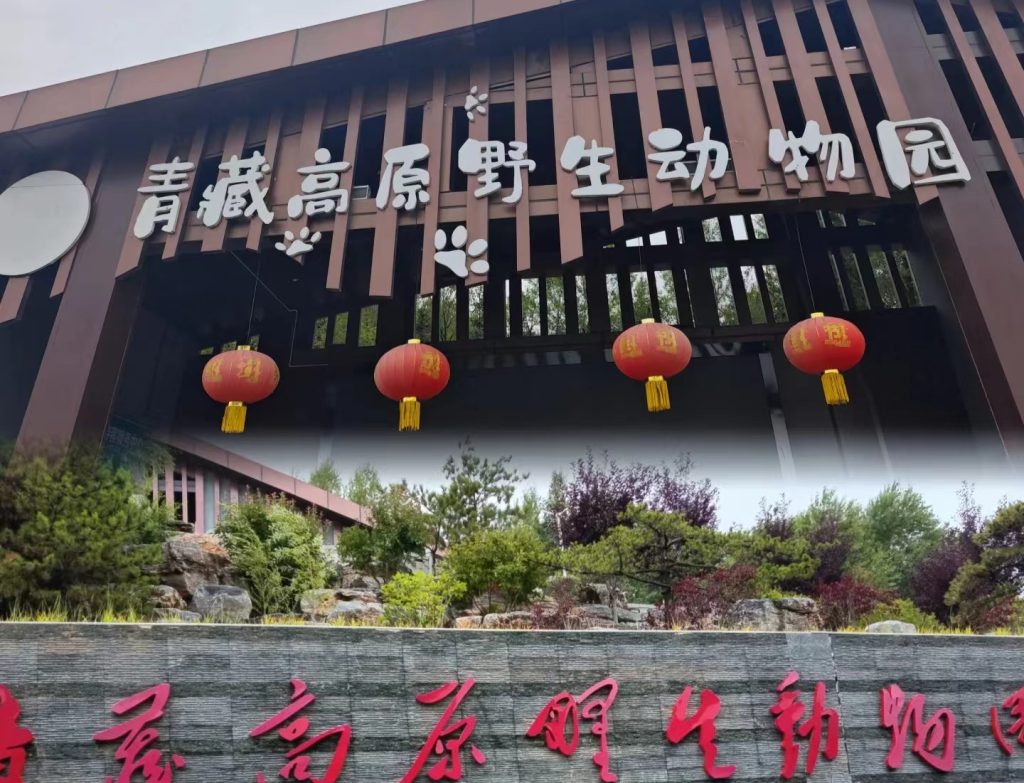
 Although small, Xining Wildlife Park is a true treasure. Home to many animals native to the plateau, the park is dedicated to the rescue and protection of endangered species. Since its opening, the park has successfully rehabilitated over 60 species of wildlife, releasing many back into nature.
Although small, Xining Wildlife Park is a true treasure. Home to many animals native to the plateau, the park is dedicated to the rescue and protection of endangered species. Since its opening, the park has successfully rehabilitated over 60 species of wildlife, releasing many back into nature.
- Beichan Temple: Xining’s Hanging Daoist Temple
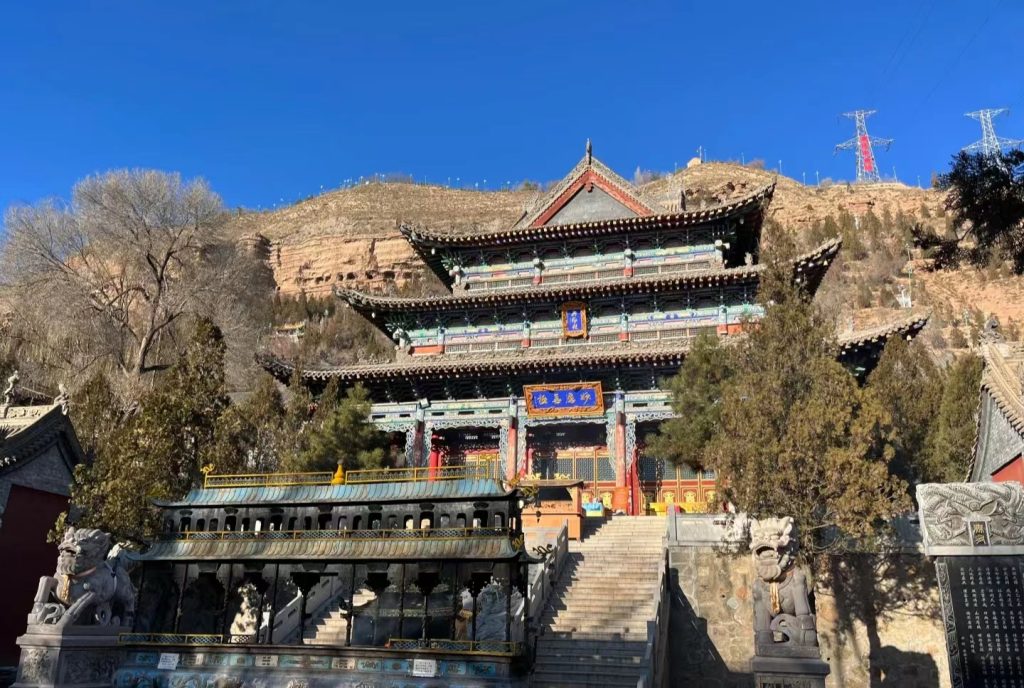 Beichan Temple, also known as the Tulou Temple, is perched on North Mountain at an altitude of 2400 meters. This ancient religious site was initially a Buddhist temple, but it has since been converted into a Taoist sanctuary. The temple’s hanging structure has earned it the title of “China’s second hanging temple.”
Beichan Temple, also known as the Tulou Temple, is perched on North Mountain at an altitude of 2400 meters. This ancient religious site was initially a Buddhist temple, but it has since been converted into a Taoist sanctuary. The temple’s hanging structure has earned it the title of “China’s second hanging temple.”
- Mojiashan Street: Xining’s Food Paradise

 Mojiashan Street is Xining’s historic food street, bursting with local flavors. From lamb skewers and DeLu yogurt to barley noodles, each dish tells the story of Xining’s unique culinary heritage. As the famous Chinese food critic Chen Xiaoqing once said, “Local dishes taste best when eaten locally.” Every bite at Mojiashan Street offers a taste of Xining’s vibrant culture.
Mojiashan Street is Xining’s historic food street, bursting with local flavors. From lamb skewers and DeLu yogurt to barley noodles, each dish tells the story of Xining’s unique culinary heritage. As the famous Chinese food critic Chen Xiaoqing once said, “Local dishes taste best when eaten locally.” Every bite at Mojiashan Street offers a taste of Xining’s vibrant culture.
Xining is not only the cultural heart of Qinghai but also a city that showcases the diverse cultures and natural wonders of the region. From historical sites like Ta’er Monastery to the lively street food of Mojiashan, every corner of Xining offers a unique travel experience. Whether you’re seeking spiritual enlightenment or a taste of local culture, Xining promises a memorable journey through one of China’s most intriguing destinations.
